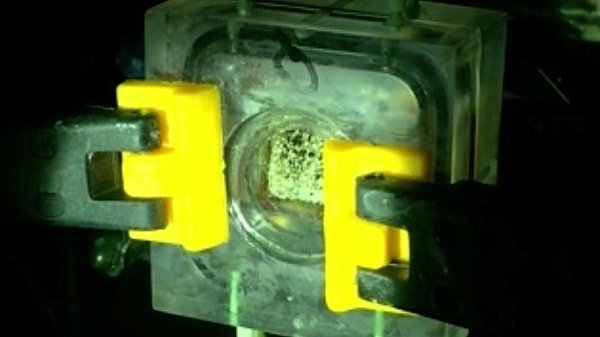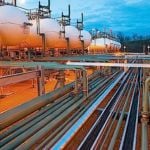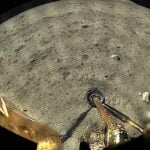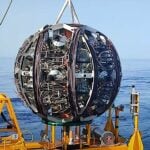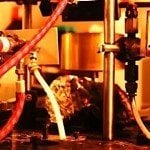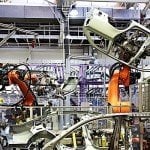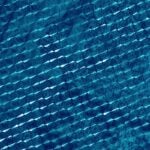Creating fuels by mimicking the natural process of photosynthesis in plants has been the goal of a research lab at Caltech since the lab was set up in 2010. The Joint Center for Artificial Photosynthesis (JCAP) was established to find a cost-effective method of producing fuels using only sunlight, water and carbon dioxide, and of storing the energy in the form of chemical fuels for use on demand. After five years of work on the project, JCAP now announces that it has achieved the goal. The new solar fuel generation system is described in the online journal Energy and Environmental Science.
The system consists of only three main components: two electrodes and a membrane. One electrode, or photoanode, uses sunlight to oxidize water molecules, in the process generating protons, electrons, and oxygen gas. The second electrode, or photocathode, recombines the protons and electrons to form hydrogen gas. The membrane is crucial to keep the two gases separate and to prevent an accidental explosion.
The photoanode in the JCAP model uses inexpensive nickel, rather than costly platinum, as the catalyst to drive the water-splitting reaction. Nickel is one of the most active catalysts for this purpose and is a key to the high efficiency displayed by the device. The scientific director of JCAP, Nate Lewis, said in a release that the new system “shatters all of the combined safety, performance, and stability records for artificial leaf technology by factors of 5 to 10 or more.”
The work at JCAP shows that it is possible to produce fuels from sunlight safely and efficiently and with inexpensive components, Lewis said. The system can convert 10 perf cent of the energy it absorbs from the sun into energy, and can operate for forty hours. Now the lab’s work will focus on extending the lifetime of the system and developing cost-effective ways to manufacture full systems.

